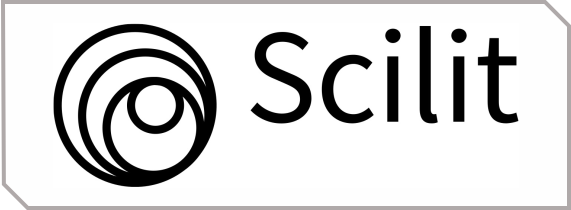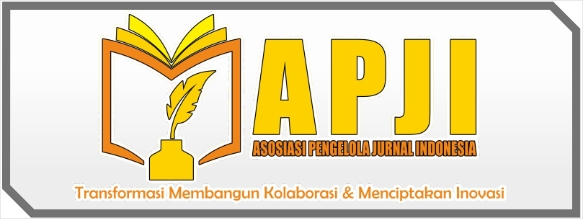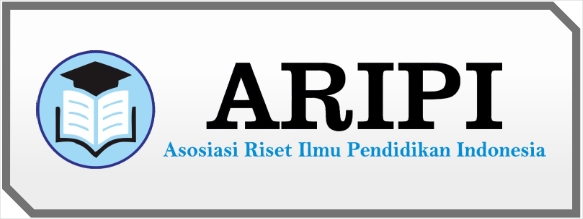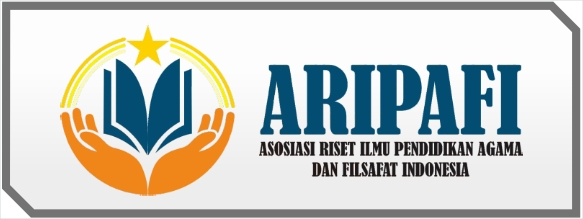The Influence Of Natural Environment Usage On Student Learning Outcomes In The Concept Of Biodiversity
DOI:
https://doi.org/10.55352/mudir.v5i1.41Keywords:
environmental approach, learning outcomes, biodiversityAbstract
With the aid of quantitative techniques (a Quase Experiment), this study seeks to ascertain the impact of the Environmental Approach on student learning outcomes. A sample was took from two distinct classes from one of the high schoolS were used for this study. The first class served as the experimental class that received instruction using an environmental approach, while the second class served as the control class that solely received instruction via lectures. A multiple-choice exam uses 35 questions of alternate responses was the research tool employed. The study's findings that the environmental approach significantly influences how students understand the idea of biodiversity.
References
Adack, J. (2013). The Impact of Tofu Factory Waste Pollution on the Environment. Lex Administratum, 1(3).
Anggaraini, T. (2010). Application of Environmental Approach-Based Learning with Group Work Method to Increase Activeness and Understanding of Biology Concepts. University of Muhammadiyah Surakarta.
Effrisanti, Y. (2015). Project-based learning through internship program as an effort to improve students' soft skills. Eksis Journal, 10(1), 28-41.
Ghufron, M. N., & Risnawita, R. (2014). Theories of Psychology. Ar-Ruzz Media.
Hamalik, O. (2006). Teaching and learning process. Jakarta: Bumi Aksara.
Hastjarjo, D. (2015). Overview of Consciousness. Psychology Bulletin, 13(2).
Ichsan, I., Tannady, H., Nuryana, A., Fuadi, T. M., & Putra, P. (2023). Efforts to Build Nationalism Values to Vocational High School Students with The implementation of Character Education. Jurnal Pendidikan dan Kewirausahaan, 11(2), 361-372.
Kamaruddin, I., Tannady, H., & Aina, M. (2023). The efforts to improve children’s motoric ability by utilizing the role of traditional games. Journal on Education, 5(3), 9736-9740.
Mahmudah, S. (2011). Social psychology: Theory and research models. UIN-Maliki Press.
Maulidia, R. (2008). Classical Conditioning, Cognitive Learning, Social Learning. At-Ta'dib, 4, 129-144.
Nugroho, B. S., Anggreni, M. A., Afnanda, M., Arta, D. N. C., & Tannady, H. (2023). The Role of Academic Fraud as an Intervening Variable in Relationship of Determinant Factors Student Ethical Attitude. Journal on Education, 5(3), 9584-9593.
Parinussa, J. D., Taryana, T., Ningtyas, A. A., Rachman, R. S., & Tannady, H. (2023). Developing Student Emotional Intelligence by Involving the Active Role of Teacher. Journal on Education, 5(3), 8528-8533.
Sarwono, S. W. (2005). Adolescent Psychology. Rajawali Press.
Utami, F. L., Kholillah, K., & Aseptianova, A. (2012). Comparative Study of Audio-Visual Media with School Environment-Based Media on Biology Student Learning Outcomes on Biodiversity Material at SMA Negeri 2 Palembang. Cognition, 3(1), 56-63.
Wahab, R. (2015). Psychology of learning. Jakarta: PT Raja Grafindo Persada.
Wendraningrum, D., Martuti, N. K. T., & Marianti, A. (2014). Application of SAVI (Somatic, Auditory, Visual, and Intellectual) Approach on Biodiversity Material in High School. Journal of Biology Education, 3(1).
Yapici, I. U., & Akbayin, H. (2012). The Effect of Blended Learning Model on High School Students' Biology Achievement and on Their Attitudes towards the Internet. Turkish Online Journal of Educational Technology-TOJET, 11(2), 228-237.
Zulfiani, T. F., & Suartini, K. (2009). Science learning strategies. Jakarta: UIN Jakarta Research Institute.
Downloads
Published
Issue
Section
License
Copyright (c) 2023 Mudir : Jurnal Manajemen Pendidikan

This work is licensed under a Creative Commons Attribution-ShareAlike 4.0 International License.























